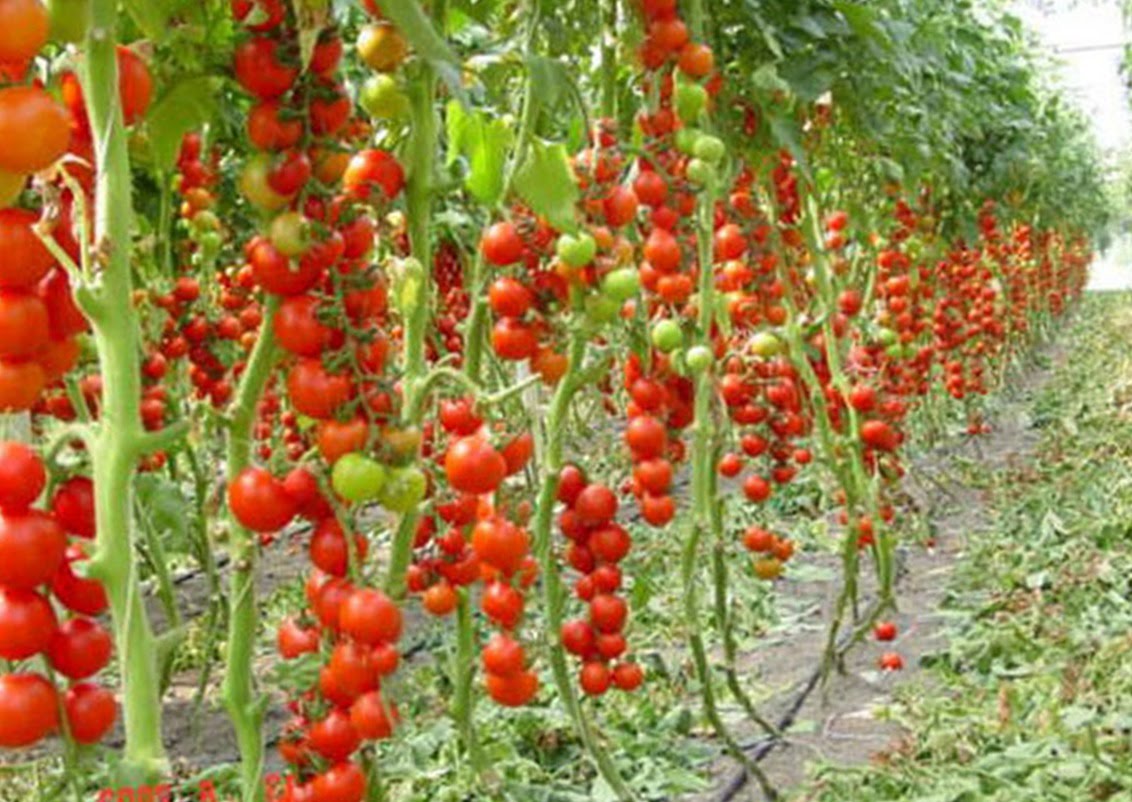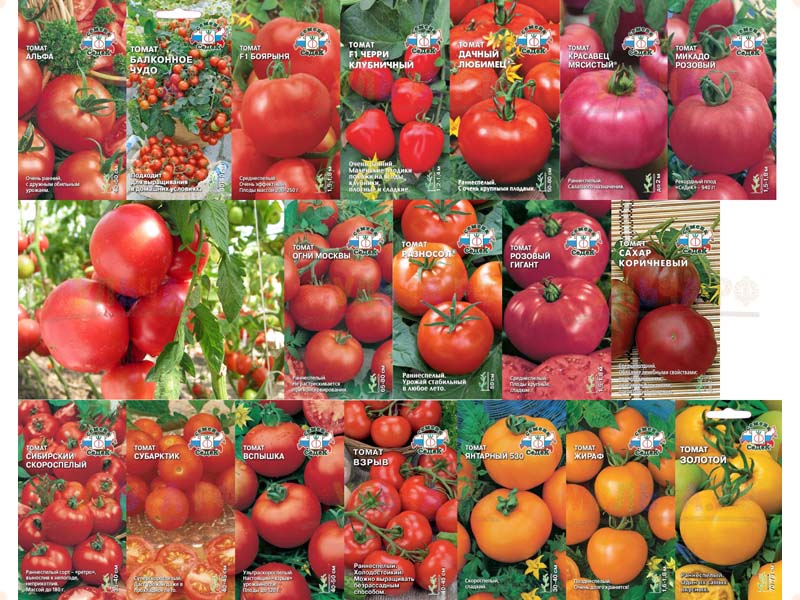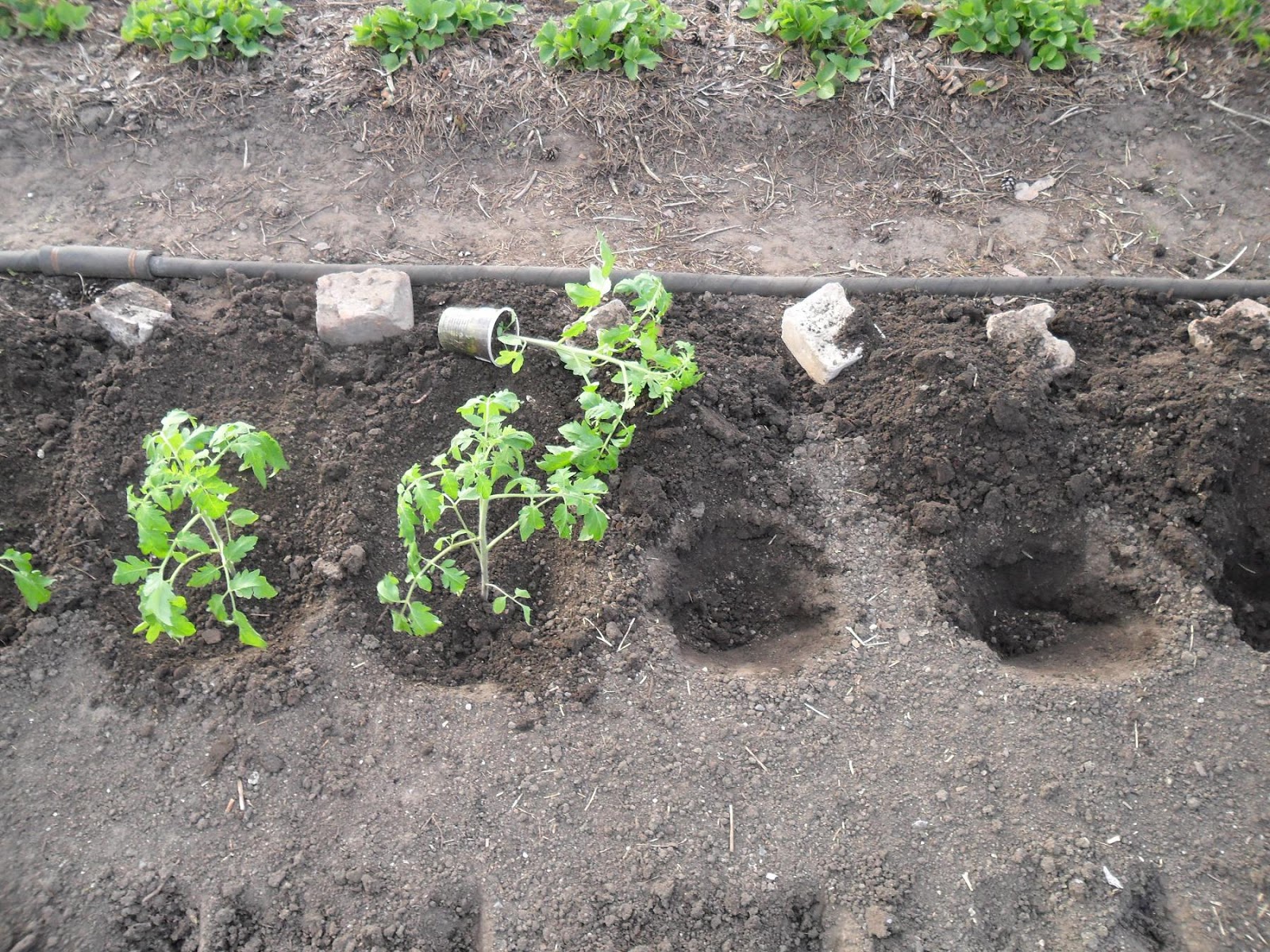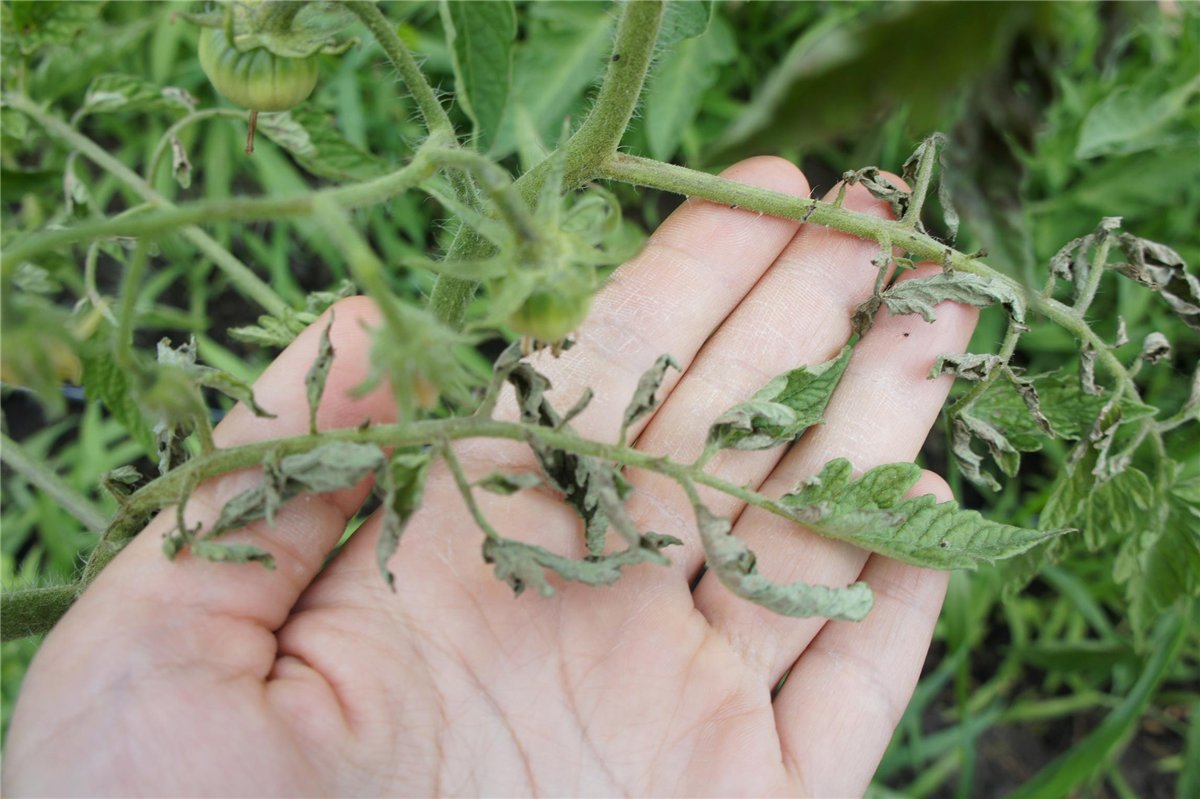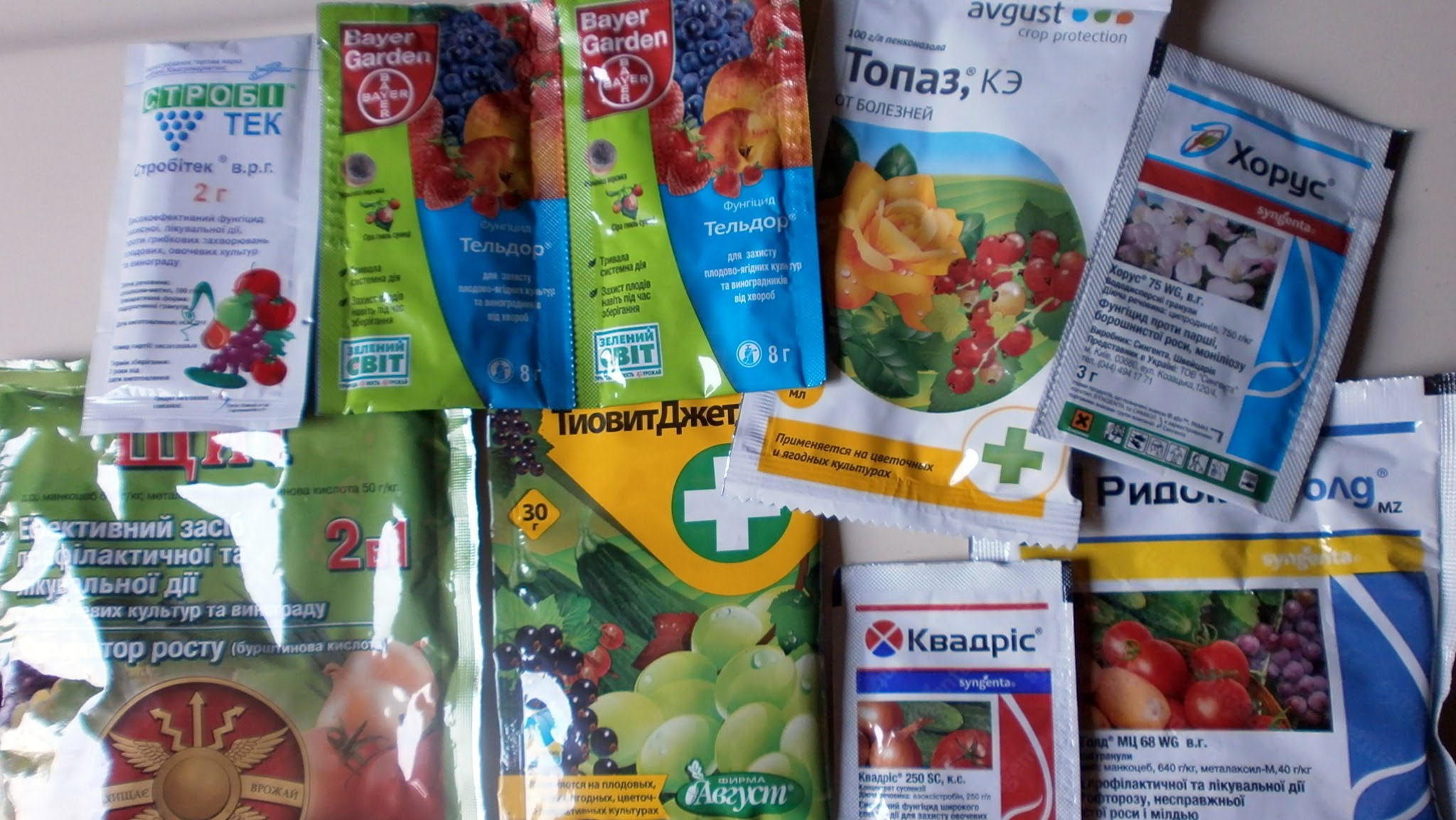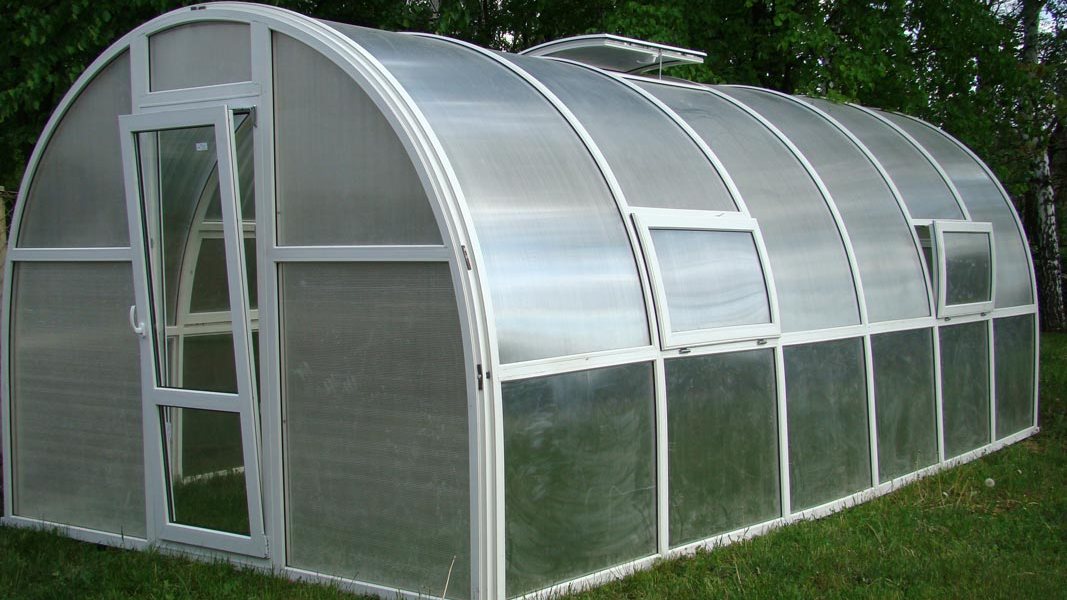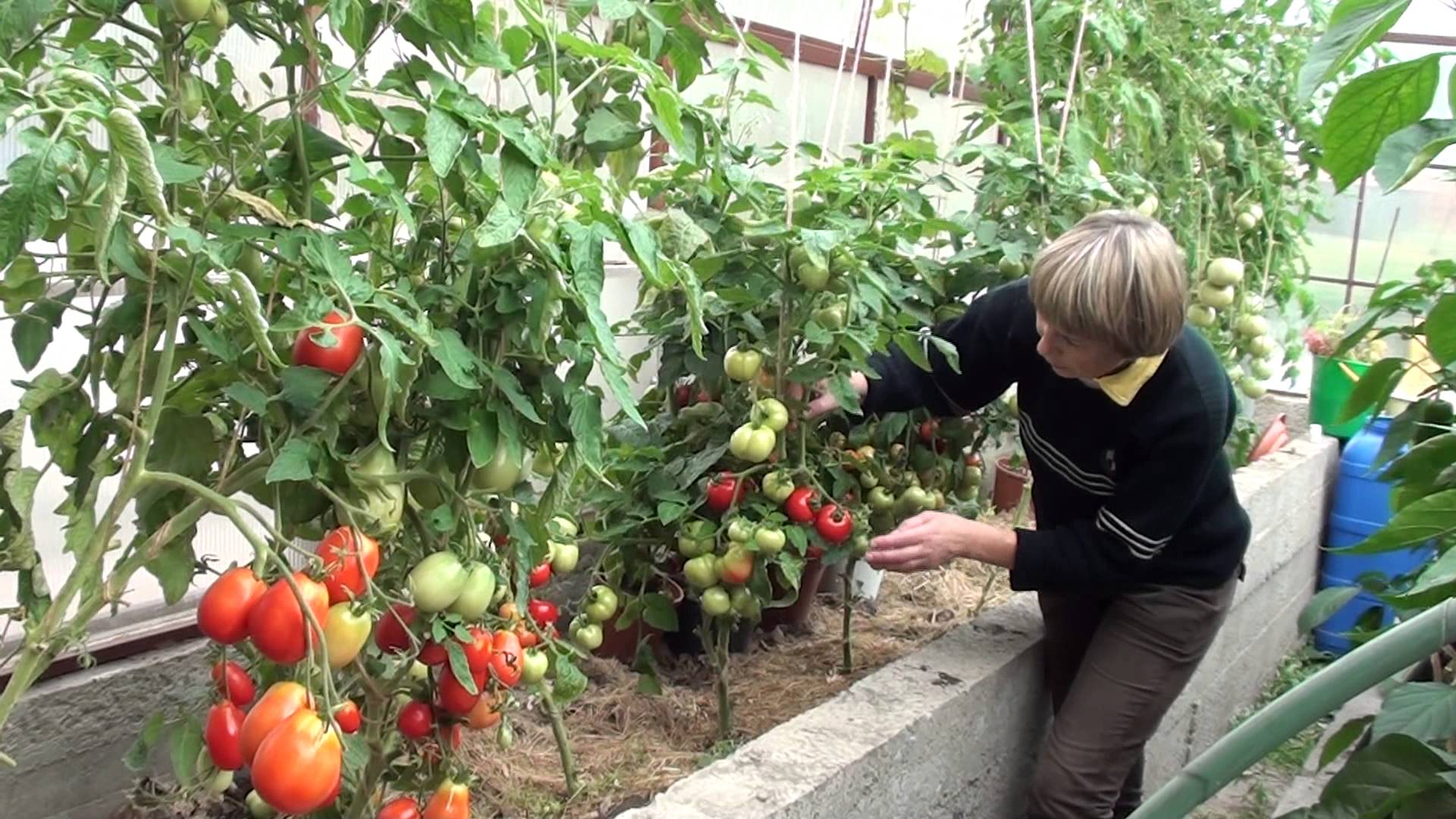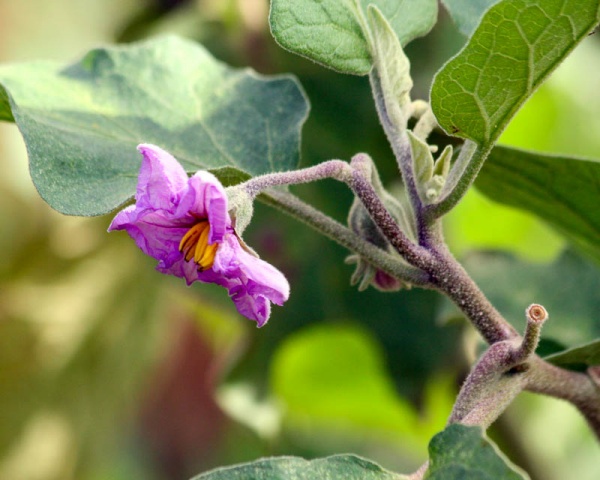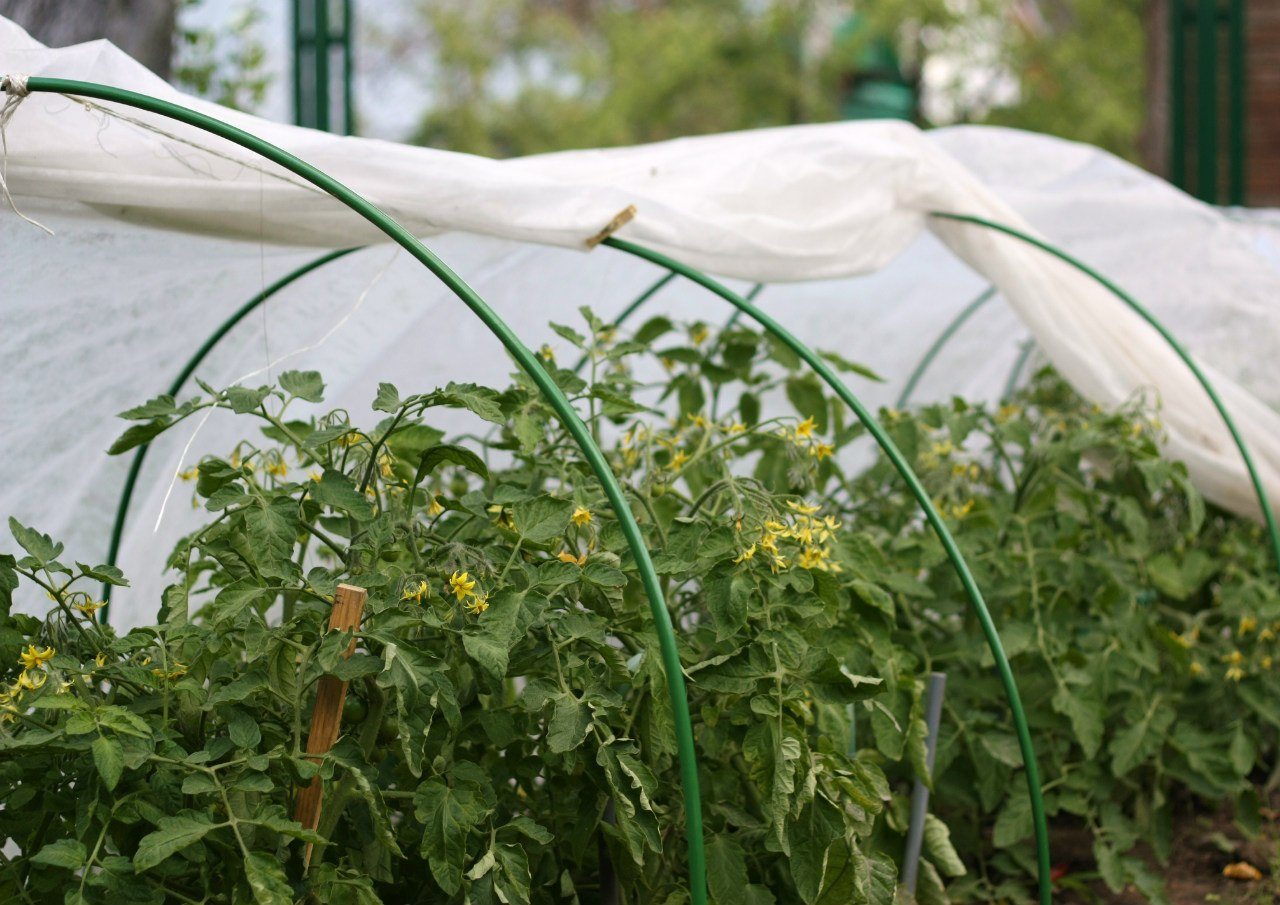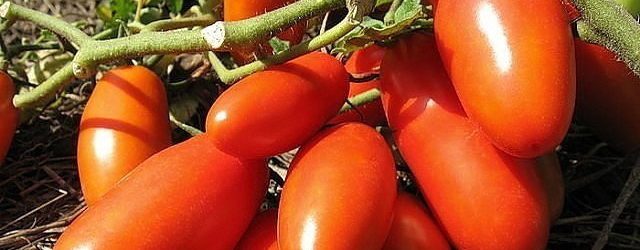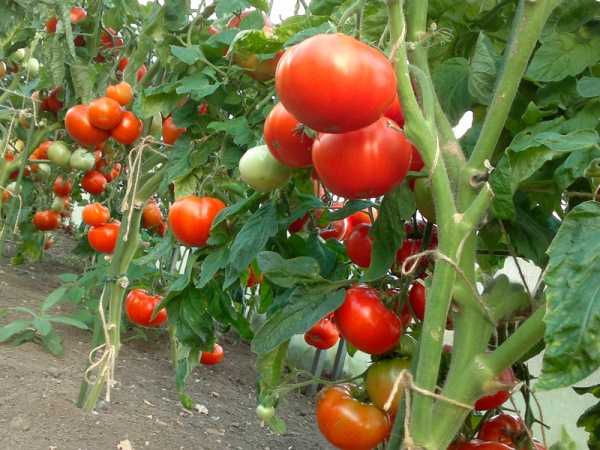Content:
Even 40-50 years ago, tomato was considered an exclusively southern "inhabitant", and for the population of the northern regions it was exotic. The situation was changed by planting tomatoes in the greenhouse, as well as by the productive work of Western and domestic breeders. And now new hybrid varieties of tomatoes allow you to get a decent harvest even in the short northern summer.
Greenhouse constructions
Greenhouse structures can be roughly divided into three large groups:
- Heated glass winter greenhouses;
- Film greenhouses with emergency heating;
- Greenhouses and plastic greenhouses without heating.
In recent years, polycarbonate greenhouses have become popular. Now they are gradually replacing film designs. The advantages of polycarbonate greenhouses are that it is a fairly cheap and durable option. With careful care, such a greenhouse will serve a gardener for more than 10-15 years. The material has excellent thermal insulation properties - as a result, heating of such greenhouses is much cheaper, and sometimes it is not required at all.
Tomato varieties for greenhouses
The choice of a variety of tomatoes for planting indoors will depend on many factors, here are the main ones:
- type of greenhouse construction;
- weather conditions in which the harvest is planned;
- type of soil;
- expected ripening dates of tomatoes.
Protected ground is quite demanding on the choice of tomato varieties, since in a greenhouse the likelihood of foci of various diseases increases. The most reasonable thing today is to opt for modern hybrid varieties labeled F1. Such seeds are more expensive, but they pay for themselves by genetically inherent resistance to many common infections. Another indisputable plus is their high yield.
For unheated greenhouses made of film or polycarbonate in the middle zone of our country, it is reasonable to choose early-maturing determinant tomato varieties:
- Greenhouse early maturing F1. A very early ripe tomato hybrid. The bush is quite low, forms a large number of ovaries. The tomatoes are tasty, bright red, medium-sized (150-180 g).
- Raspberry sugar plum. Loved by many gardeners, a semi-determinant early ripe tomato variety. Neat small, slightly elongated tomatoes look very nice in a jar and taste great raw.
- A gardener's dream. This early variety has a high yield and good taste. In addition, the plants are very resistant to many diseases.
- Presentation F1. A very productive, very early variety of firm tomatoes. Tomatoes are well stored and can be safely transported.
- Mandarin duck. Large clusters of orange tomatoes of this early maturing determinant variety have won the love of many vegetable growers.
Seedling
Growing tomatoes in greenhouses, in contrast to open ones, implies earlier dates for planting seeds for seedlings. In the middle lane for unheated greenhouses, seedlings are sown in March 10-20.When the time comes to plant tomatoes in greenhouses or a greenhouse, the plants already have 1 inflorescence and 5-6 true leaves.
Sowing seeds
Seeds are planted in boxes with nutrient soil, 8-10 cm high.
The earthen mixture is prepared light, loose, with a large amount of organic components (humus, compost, peat), and is well moistened. Seeds are laid out in shallow grooves (4-5 cm between rows) every 1-1.5 cm. 1.5-2 cm of soil is poured from above. It is better to cover the boxes with foil and put them in a warm (23-24 ° C) shaded place. 5-6 days after emergence, the boxes are opened and the temperature is reduced to 18-20 ° C. The night temperature should be even lower - 16-17 ° С.
The first two days after the emergence of seedlings, continuous illumination is organized. Then the number of hours is gradually reduced to 16-18. A competent approach involves moderate watering of seedlings.
Picking
Seedlings release 1-2 true leaves within 10-14 days and are ready for picking into separate pots with a volume of at least 0.4 liters. The day before the pick, the seedlings are watered. A sod-humus soil mixture is poured into pots and moistened with a complex mineral fertilizer for tomatoes. The sprout is carefully separated, the tip of the root is pinched off and planted in a hole 4-5 cm deep along the cotyledon. Plants are watered with warm water and placed in a warm, shaded place for a couple of days.
Seedling care
At first, the pots with seedlings are placed tightly to each other and are actively illuminated with lamps. As the bushes grow, the distance between the containers is increased. The lighting is gradually spread out and the number of hours reduced, preparing the plants for greenhouse conditions.
At this time, future tomatoes are watered moderately.
Two weeks after the picking, the plants need to be fed with complex mineral fertilizer. The procedure is repeated every 12-14 days.
A week before planting tomatoes in the greenhouse, the plants begin to harden, exposing them to fresh air during the day, provided that the temperature does not drop below 14-15 ° C.
Planting tomato seedlings in a greenhouse
Priming
Most gardeners practice building warm beds in the greenhouse. To do this, remove 40-50 cm of soil, put a drainage layer of chopped branches and sawdust on the bottom. Then a layer of fresh manure of 10-15 cm is poured, which, when overheated, will warm the soil. The rest of the space is occupied by a soil mixture from garden soil and organic components (compost, humus, leafy soil, peat).
The bulk of tomato roots in protected ground is located at a depth of 40-50 cm. In the greenhouse, due to the complexity of a full-fledged crop rotation, this layer is updated every year. The top 10-15 cm is best cut off completely and transferred to open beds. The rest of the volume can be used to prepare a new soil mixture.
Planting seedlings in protected ground
So, how to plant tomatoes in a greenhouse. By the end of April or the beginning of May, seedlings of determinant varieties usually have time to produce one, or even two inflorescences on each bush. Planting tomatoes in a polycarbonate greenhouse is possible a week earlier than in plastic ones. It is advisable to coordinate the date with the lunar cycle so that it does not fall on the days of the full moon and new moon. Today the lunar calendar can be found in newspapers and magazines, on specialized sites.
The day before the planned planting, the cotyledons and the first true leaves are carefully cut off. In the greenhouse, two ridges with a height of 30-40 cm are formed. A wire should be stretched along the garden bed for further trellis garter. For determinant varieties, the tension height is 0.8-1.2 m, for interdeterminant varieties - 2.0-2.3 m.
In the greenhouse, the planting of tomatoes is most often done by tape. The planting pattern and the distance between the bushes depend on the type of growth. Determinant plants can be planted quite densely, at a distance of 25-30 cm. Interdeterminant tomatoes form more powerful bushes and require a minimum of 40-45 cm per bush.
In polycarbonate greenhouses on sunny days, the temperature rises quite quickly and keeps better than in film ones.
The seedlings may outgrow a little, and often such bushes are trying to deepen as much as possible in order to strengthen the root system. One point is important here, the hole cannot be made deeper than 15-20 cm, since the soil has not yet had time to warm up. It is better to lay the stem a little horizontally, burying it until the second true leaf.
Caring for tomatoes in the greenhouse
Tomatoes come from dry subtropics, so they need a lot of sunlight with a relatively low air humidity and temperatures up to 30 ° C. It is quite difficult to achieve such parameters in a greenhouse.
Watering and airing
At first, the seedlings in the greenhouse are watered very sparingly, preferably on warm, dry days. After each watering, long-term ventilation is required, at least 2-3 hours.
Active watering begins in the hot period when the fruits are poured and the plants require more liquid.
The greenhouse should have vents not only in the walls, but also on the ceiling. After watering, the evaporated moisture should not accumulate at the top and drain onto the tomatoes.
It is important to regularly pinch the plants and remove excess foliage so that it does not interfere with proper ventilation.
Bush formation
A garter to the trellis is made 2-3 days after planting, when the plants adapt slightly to new conditions. The twine is attached to the bush between the first and second sheets, and tied to the wire with a sliding knot. As it grows, every 7-10 days, the stem is carefully wrapped every 1.5-2 internodes. The lower leaves are removed from the first inflorescence at the time of pouring the fruit to ensure air flow.
Determinant and super-determinant tomatoes form into one stem, sometimes growing one additional lateral shoot under the first inflorescence to prolong the vegetative period. Interdeterminant and semi-determinant varieties are formed into one stem, carrying out regular pinching (every 5-7 days).
Loosening and weeding
So that the soil does not sour and a dense crust does not form on it, the tomatoes must be loosened regularly. Usually this procedure is carried out the next day after watering. You can simplify your life with mulching. A thick layer of sawdust or straw will provide the roots of the plant with an air flow without regular loosening. Mulch also prevents weeds from germinating.
Disease and pest control
Tomatoes are very sensitive to the use of chemicals to control diseases and pests. Therefore, it is much more important to carry out preventive measures:
- try to maintain the humidity of 60-70% and the temperature of 22-26 ° C, optimal for tomatoes;
- regularly ventilate the greenhouse, prevent the formation of dew on the leaves and condensation on the ceiling;
- avoid thickening plantings, weed tomato bushes and the surrounding area weekly;
- plant hybrid varieties of tomatoes with genetically inherent resistance to diseases in the greenhouse;
- use healthy seed;
- replace the topsoil annually and clean all plant residues;
- to treat greenhouse structures and equipment with antiseptics and fungicides after the end of the season;
- regularly carefully examine the plants in order to notice the focus of the disease in the initial stage;
- change shoes at the entrance to the greenhouse and use clean equipment;
- follow the tomato feeding calendar;
- mulch the beds with straw or sawdust.
If a focus of infection is found, then sometimes it is more correct to remove the affected parts of the plant or diseased bushes entirely. Treat the rest of the plants with chemicals.
The choice of drugs depends on which disease has affected the culture:
- Fungal diseases (brown leaf spot, late blight, macrosporiosis, fusarium, black leg and others) occur with excessive humidity and low temperatures. The main control measures are reduced to setting a normal mode and spraying with fungicides according to the instructions (oxychom, Bordeaux liquid, copper oxychloride and others).
- Viral infections (whiteheads, tobacco mosaic virus, internal fetal necrosis, and others) are not treated with chemicals. The easiest way is to use hybrid varieties that are resistant to these diseases, follow the rules of crop rotation, when replacing soil and provide optimal conditions for plant life.
- Bacterial diseases (bacterial black spot, bacterial wilting, bacterial cancer) arise from unscrupulous removal of last year's plant residues and rare weeding of greenhouses and the surrounding area.
Preparing a polycarbonate greenhouse for the new season
After harvesting, the greenhouse begins to prepare for the new season.
Plant residues are removed from the greenhouse and burned outside the site. All parts of the structure are thoroughly washed with warm soapy water. Wipe polycarbonate with a soft sponge or cloth so as not to scratch. All metal and wooden parts of the frame are rubbed with brushes, trying to wash all the cracks. Then they are coated with bleach. In the spring, it is useful to etch the greenhouse and garden tools with sulfur bombs.
The use of modern designs of greenhouses and successful hybrids of tomatoes makes it possible for amateur vegetable growers to obtain a large harvest of tasty tomatoes even in the unfavorable conditions of the Moscow Region and more northern regions of our country.

